 Tsehai Reading Corner: Children from Yeka Primary School visit the Whiz Kids Workshop in Addis Ababa.
Photo courtesy of Whiz Kids Workshop
Tsehai Reading Corner: Children from Yeka Primary School visit the Whiz Kids Workshop in Addis Ababa.
Photo courtesy of Whiz Kids Workshop
 Tsehai Reading Corner: Children from Yeka Primary School visit the Whiz Kids Workshop in Addis Ababa.
Photo courtesy of Whiz Kids Workshop
Tsehai Reading Corner: Children from Yeka Primary School visit the Whiz Kids Workshop in Addis Ababa.
Photo courtesy of Whiz Kids Workshop
Amharic, the official language in Ethiopia, has a 231-letter alphabet, making it one of the most difficult languages to read and write. The east African country has a population approaching 90 million and has one of the lowest literacy rates in the world. Amharic is a second language for many children in the country whose first language may be Afaan Oromo, Tigrigna, Af-Somali, Hadiyyisa, Wolayttatto or Sidamo Afoo—just to name a few. While the Ministry of Education does mandate teaching children in up to 22 mother tongues in early grades, most schools have no access to learning materials such as children’s story books in their local languages, workbooks or classroom posters.
However, efforts to increase literacy rates for Ethiopia’s primary school children are starting to gain momentum. In collaboration with the Ministry of Education, USAID is helping develop new instructional materials and train teachers as well. Now, more children are learning to read in their mother tongue.
Complementing this effort is the All Children Reading: A Grand Challenge for Development competition sponsored by USAID, World Vision and the Australian Government to spur innovation in education using science and technology to improve reading for children in the early grades. One grant winner is an Ethiopian organization promoting early childhood development and engaging children to read in pre-school and primary grades with the help of computer animation, puppetry, television and radio broadcasting—and a talking giraffe named Tsehai.
Whiz Kids Workshop is an educational multimedia company founded in 2005 by husband-and-wife team Shane Etzenhouser and Bruktawit “Brukty” Tigabu in Addis Ababa. Using its international award-winning series, “Tsehai Loves Learning,” the organization has devised a creative way for children to read and write Amharic, and to learn positive behaviors.
“As a school teacher, I saw how kids were struggling coming into grade 1,” says Tigabu, Whiz Kids Workshop’s CEO. “As the research indicates, learning is critical up to age 6. So we’re losing that big population without any preparation. When they come to school, students possess no reading skills. We thought we should work on early childhood development, so Tsehai was born out of that.”
“Tsehai Loves Learning” reaches approximately 5 million children around the country and a radio series is in production to potentially reach another 25 million. The series is available on DVD, is also broadcast on the government-owned Ethiopian television network (EBC), and is accompanied by supplemental learning materials such as books, workbooks and flashcards. “Tsehai Loves Learning” enchants Ethiopian children who watch at home or at school, much as “Sesame Street’s” Big Bird makes learning fun for preschoolers in the United States.
The company used approximately 80 percent of the $300,000 Grand Challenge award to complete in-house production of 32 “Tsehai Loves Learning” episodes. Each of the episodes coincides with one of 32 groups of seven letters in the Amharic alphabet.
This Ethiopian “Sesame Street’s” main character, Tsehai the giraffe, leads animal friends, like Girum the rabbit, Tsinat the turtle, and Tihitina the cat, in problem solving through letter identification, vocabulary building and math and critical thinking skills. Each episode also addresses respect for and fair treatment of girls, disabled children, and AIDS orphans, or the importance of good hygiene, such as washing hands. In fact, one of Tsehai’s newest friends is Tesfa (“hope” in Amharic), who uses a wheelchair.
With the grant, Whiz Kids Workshop works with 20 randomly selected low-resource, government-run Addis Ababa schools, training teachers to integrate the “Tsehai Loves Learning” reading program in grade 2 classrooms. The Ministry of Education provides the 20 schools with DVD players and screens or TVs to watch the broadcast.
Mikiyas Zenebe, a teacher at Birhane Hillina Primary School in Addis Ababa, has taught the “Tsehai Loves Learning” program for one year and continues to teach the program three times a week during the summer months. The sound of second graders singing the show’s theme song from memory resonates from his classroom through the halls.
“After they start with Tsehai,” Zenebe says, “the students increase their reading abilities. It helps develop their vocabulary as well as their confidence while they read. The Early Grade Reading Assessment scores improve too.”
Reading and comprehension skills in Amharic are tested by the Early Grade Reading Assessment—a national 20-minute student exam co-developed by USAID and the World Bank. It has been adapted and used in many countries.
Fatuma Seid, vice program director for the Birhane Hillina Primary School, wants to continue using “Tsehai Loves Learning” and extend the program across grades 1 through 3. “We have seen the success of students who have problems with reading when they use ‘Tsehai Loves Learning,’” Seid said.
Children with access to Tsehai were 16.2 percent more likely to recognize letter names after seven months than children without access. Letter name identification is a critical building block for learning to read.
“The students in the 20 schools who use Tsehai read better than other schools,” says Tigabu. “It’s made a measurable impact on those students. They love it. Each student knows the stories by heart. It’s been an amazing effort.”
Because of increased demand from schools and teachers for Tsehai in their classrooms, Whiz Kids Workshop is currently looking into ways to expand the program. Tigabu has her sights set on creating an interactive Tsehai application to be used on multimedia tablets.
“I think one thing we want people to know is that we are focused on media and technology because the impact is huge,” she said. “Every teacher exposed to this material tells us things like ‘you changed the whole world for us.’ Even with a little bit of support, we’ve done a lot with the grant. In the U.S., the same amount of grant money would be used to create one episode, and we used it for 32 episodes and an impact study over two years.”
Whiz Kids Workshop had to overcome constraints in schools where there may be no electricity, TV or computers. It also had to solidify and redefine partnership agreements with the government-run broadcaster Ethiopian Radio and Television Agency. Now, building on the success of the current “Tsehai Loves Learning” classroom pilot, the primary goal of the company over the next year is to allow Tsehai and friends to inspire more Ethiopian children across the country.
“The Education Ministry is begging us to do more” Tigabu said. “Grade 1, 3 and 4 teachers are really jealous of the grade 2 teachers using the materials. So they were sharing the materials. We have to expand. We have shown incredible results for a short period of time and every school deserves and needs it. We’ve done a lot with little. Just imagine what we can do next with more. We have over 300 schools just in Addis alone. We really need support for that.”
Deborah Ince is a former USAID intern.
In Amharic, the name “Tsehai,” pronounced sehighee, means “the sun.” “Tsehai Loves Learning” creators wanted the show’s main character—6-year-old Tsehai, the giraffe puppet—to have a religion-neutral name that symbolized life, fun, growth and learning. All story characters are voiced by members of the Whiz Kids Workshop staff, including show creator Brukty Tigabu, who voices Tsehai herself.







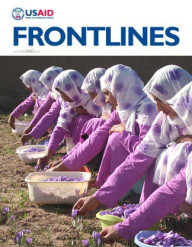

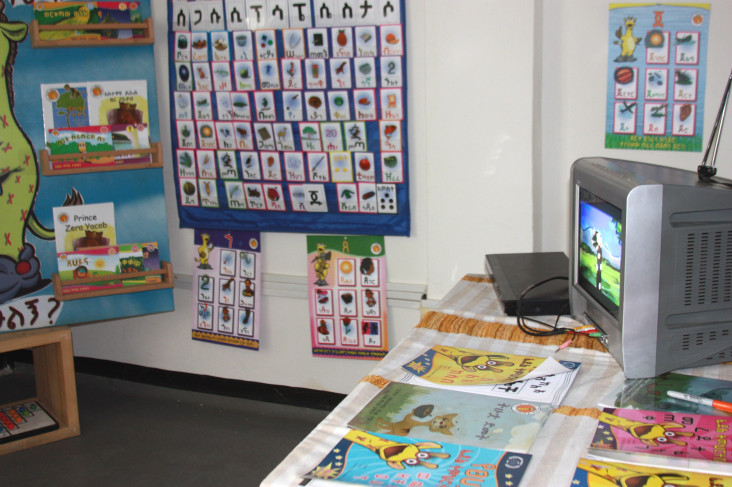
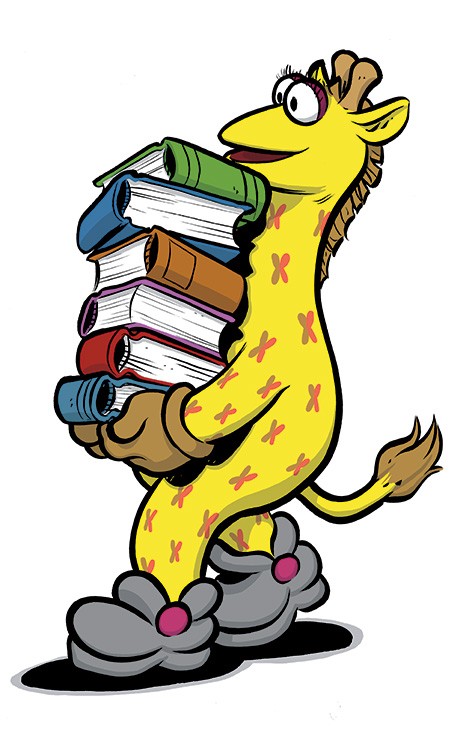
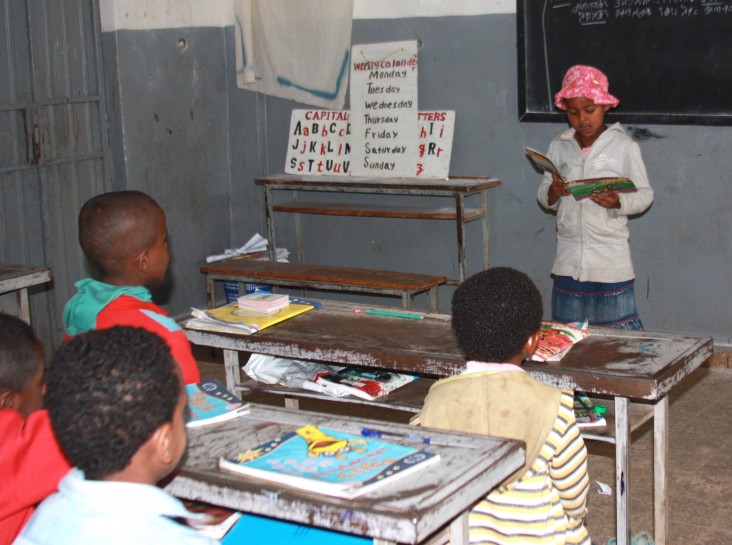
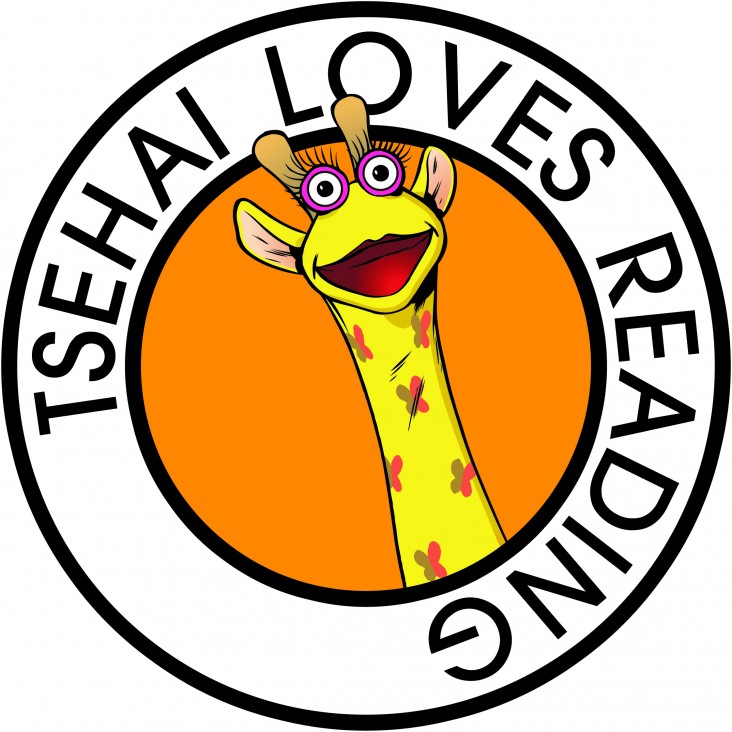
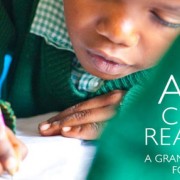
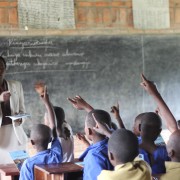
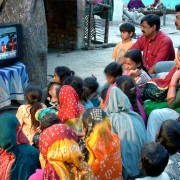
Comment
Make a general inquiry or suggest an improvement.